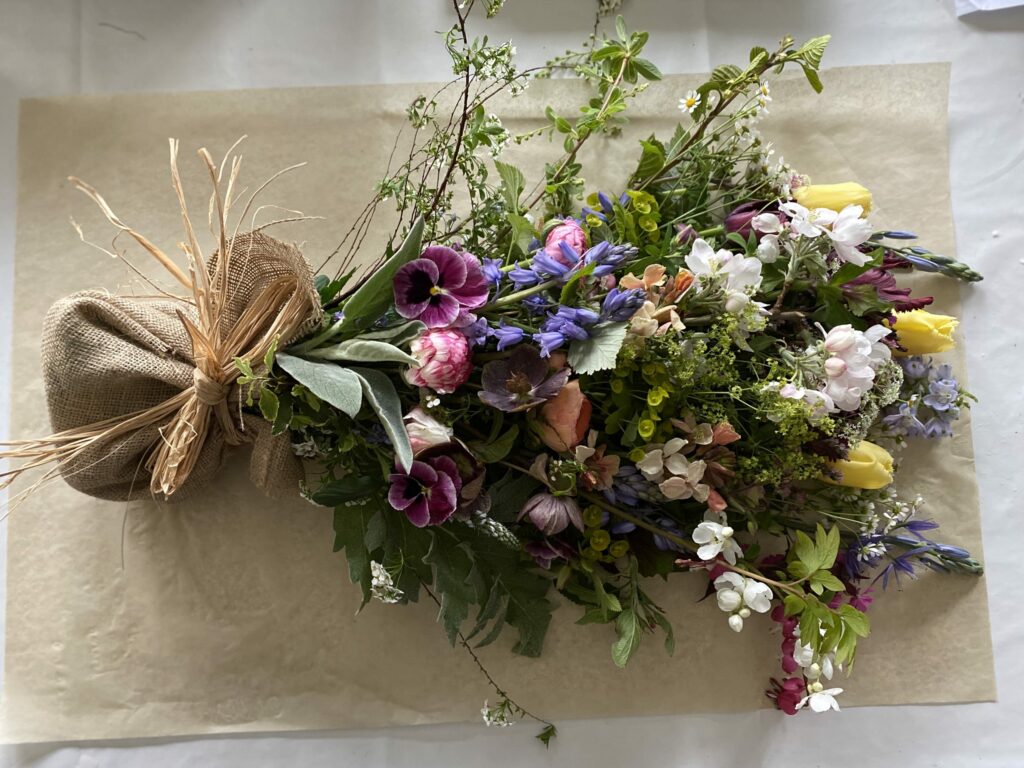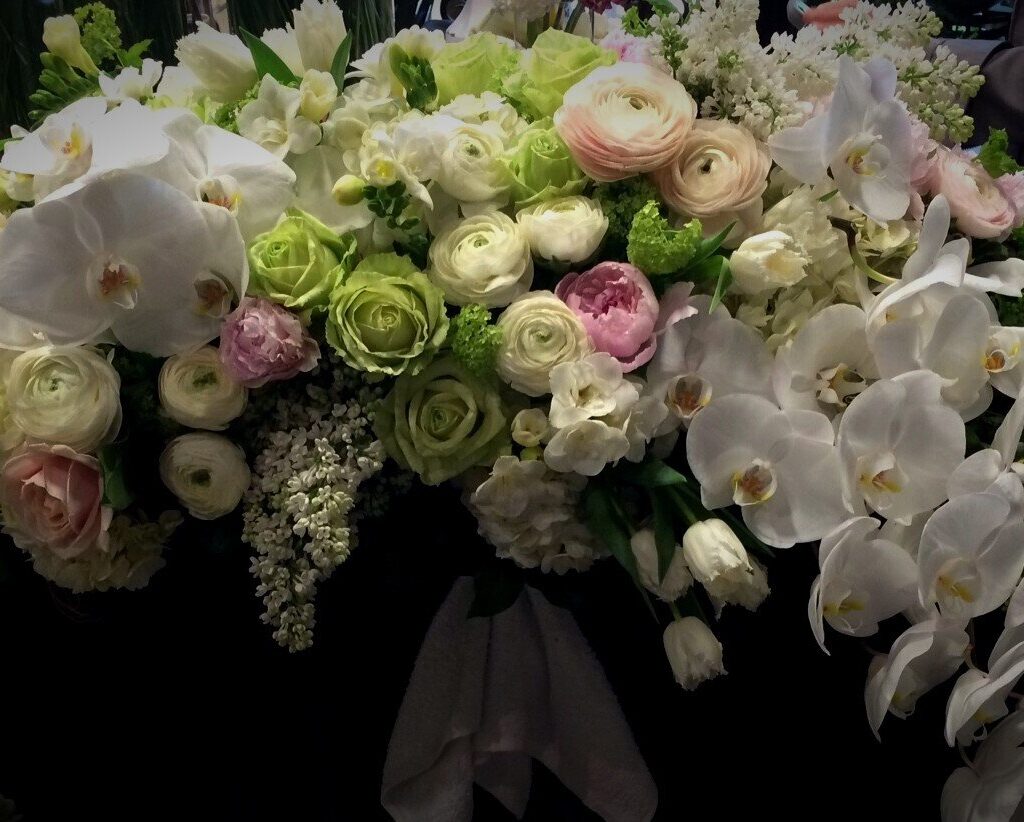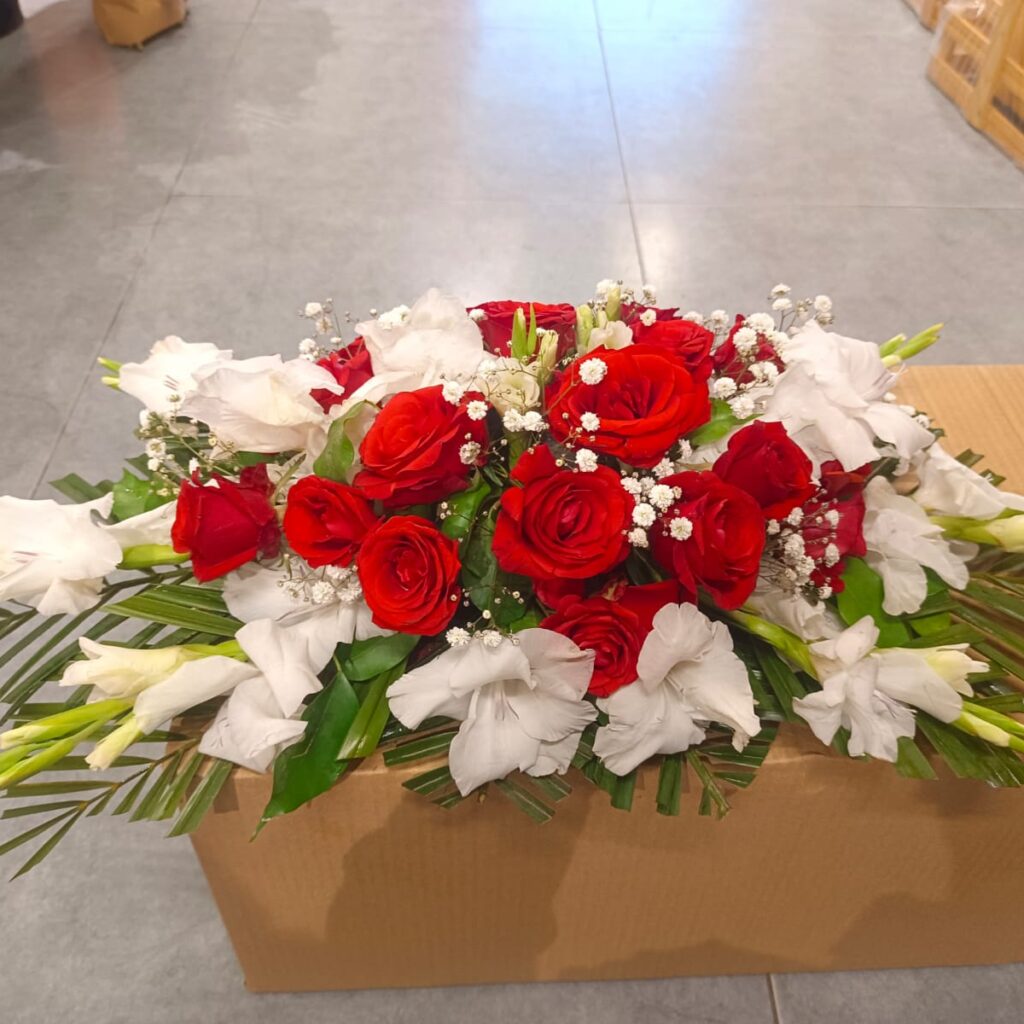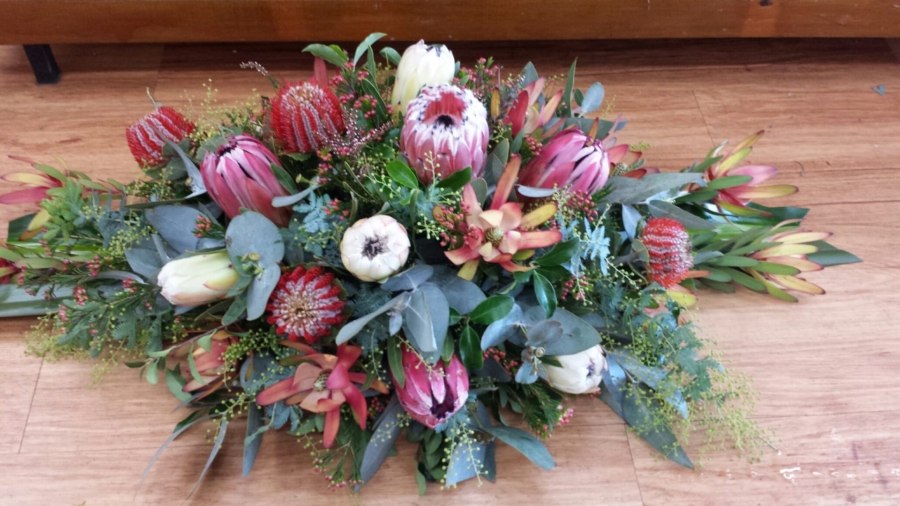Funeral flowers have long served as a form of communication, expressing sympathy and offering solace during periods of grief. These floral tributes have a language of their own, conveying emotions and sentiments that may be difficult to put into words. Understanding the symbolism of funeral flowers allows us to pay tribute to the departed and provide support to those left behind.
Understanding the Symbolism of Funeral Flowers
Flowers have been associated with funerals and mourning for centuries, with each type of flower carrying its own special meaning. The symbolism behind funeral flowers Sydney is deeply rooted in cultural and historical traditions.
Funeral flowers have played a significant role in honoring and remembering the deceased throughout history. The use of flowers in funerals dates back to ancient times, where they were considered an essential part of the funeral ceremony. In ancient Egypt, for example, funeral ceremonies were accompanied by elaborate floral arrangements. Flowers were believed to bring comfort to the deceased and guide them in the afterlife, symbolizing the cycle of life and death.
During the Victorian era, which greatly influenced contemporary funeral customs, flowers were used to convey specific messages. Different flowers were chosen based on their symbolic meanings, allowing mourners to express their thoughts and emotions silently. The language of flowers, also known as floriography, became popular during this time. It was a way for people to communicate their feelings through the choice and arrangement of flowers. Learn more how funeral flowers provide solace and support.

The History of Funeral Flower Symbolism
The history of funeral flower symbolism is rich and varied. In ancient Greece, for instance, wreaths made of laurel leaves were used to honor the deceased. The laurel wreath was a symbol of victory and achievement, representing the triumph of the soul over death.
In medieval Europe, funeral flowers were often used to mask the odor of decomposition. Flowers such as lavender and rosemary were believed to have purifying properties and were used to ward off evil spirits.
During the Renaissance period, funeral flowers became more elaborate and symbolic. Flowers were arranged in intricate patterns and designs, representing different aspects of the deceased’s life and personality. For example, roses were often used to symbolize love and beauty, while lilies represented purity and innocence.
Different Types of Funeral Flowers and Their Meanings
A variety of flowers are commonly used in funeral arrangements, each carrying its own unique symbolism.
- Roses – symbolize love and respect. They are often chosen to express deep affection and admiration for the deceased.
- Lilies – represent purity and the innocence of the soul. They are often associated with the Virgin Mary and are commonly used in religious funeral ceremonies.
- Carnations – signify admiration and remembrance. They are a popular choice for honoring loved ones and expressing heartfelt condolences.
- Chrysanthemums – symbolize honor and support in many cultures. They are commonly used in Asian funeral traditions and are associated with grief and mourning.
- Orchids – represent eternal love and beauty. They are often chosen to convey a sense of everlasting love and remembrance.
When choosing funeral flowers, it is important to consider the personality and preferences of the deceased, as well as the religious and cultural customs surrounding death and mourning. Funeral flowers serve as a meaningful tribute to the life that was lived and can provide comfort and solace to grieving family and friends.
The Art of Expressing Sympathy with Flowers
Choosing the right flowers for a funeral involves careful thought and consideration. Funeral flowers should not only honor the deceased but also provide comfort and support to grieving loved ones.
Funeral flowers have long held a significant place in the rituals and traditions surrounding death. They serve as a visual expression of sympathy, offering solace and beauty in a time of sorrow. The act of selecting and arranging funeral flowers is a deeply personal and meaningful gesture, allowing mourners to pay their respects and convey their emotions through the language of flowers.
Choosing the Right Flowers for a Funeral
When selecting funeral flowers, it is important to choose arrangements that reflect the personality and life of the departed. Each flower has its own symbolism and meaning, and by carefully selecting the right blooms, you can create a tribute that truly captures the essence of the person being honored.
For example, if the deceased had a vibrant and colorful personality, a bright and cheerful arrangement may be fitting. Sunflowers, daisies, and tulips can bring a sense of joy and optimism to the funeral service, celebrating a life lived to the fullest. On the other hand, if the person had a more subdued and gentle nature, a softer and more understated arrangement may be appropriate. Lilies, roses, and hydrangeas can convey a sense of serenity and grace, offering solace to grieving hearts.
It is also important to consider the relationship between the sender and the deceased. Immediate family members often choose larger, more elaborate arrangements, symbolizing the depth of their love and loss. These arrangements may feature cascading blooms, intricate designs, and personalized touches. Friends and acquaintances, on the other hand, may opt for smaller, more personal tributes. A simple bouquet of their loved one’s favorite flowers or a single stem can carry a profound message of remembrance and support.
The Role of Color in Funeral Flower Selection
The colors of funeral flowers also hold significance, as they can evoke different emotions and convey specific messages. Each color carries its own emotional connotations and should be chosen with care.
White is a common choice, symbolizing purity and innocence. It represents the hope for peace and the promise of eternal rest. White flowers, such as lilies and roses, can bring a sense of calm and tranquility to the funeral service, offering comfort to grieving hearts.
Red may symbolize love and passion. It can be a powerful choice for expressing deep emotions and the intensity of the bond between the deceased and their loved ones. Red roses, carnations, or gladioli can evoke a sense of love and devotion, paying tribute to a life filled with warmth and affection.
Pink often represents grace and gentleness. It is a color that conveys tenderness and compassion, offering support and understanding to those who are mourning. Pink flowers, such as carnations, roses, or orchids, can bring a sense of comfort and solace to grieving loved ones.
Other colors, such as yellow, purple, and blue, also have their own symbolic meanings and can be chosen to reflect the unique qualities and memories associated with the departed. Whether it is a vibrant burst of yellow sunflowers to celebrate a life filled with joy or a serene arrangement of blue delphiniums to honor a calm and peaceful spirit, the choice of color can add depth and meaning to the funeral flower selection.
In conclusion, the art of expressing sympathy with flowers goes beyond mere aesthetics. It is a heartfelt gesture that speaks volumes when words fail. By carefully considering the personality of the departed, the relationship between the sender and the deceased, and the symbolism of colors, funeral flowers can become a powerful tribute that brings comfort, support, and solace to grieving hearts.

Cultural Variations in Funeral Flower Language
Funeral flower customs vary across different cultures, reflecting the unique ways in which people express grief and pay respect to the departed.
Funerals are deeply rooted in cultural traditions, and one aspect that varies significantly is the choice of flowers. These floral arrangements not only serve as a visual tribute but also convey heartfelt emotions and messages to honor the deceased.
Funeral Flower Traditions around the World
In many Asian cultures, white flowers are commonly used at funerals. In China, for instance, chrysanthemums are considered a symbol of grief and are often present at funerals. The delicate petals of these flowers represent the ephemeral nature of life, while their white color symbolizes purity and mourning. In contrast, red flowers are often seen as inappropriate for funerals in many Asian cultures, as they are associated with happiness and celebration.
Similarly, in Japan, funeral flower arrangements called “koden” are sent to express condolences. These arrangements typically consist of white flowers, such as lilies or roses, and are accompanied by a monetary gift to help the bereaved family cover funeral expenses.
On the other side of the globe, in Ireland, it is customary to bring a wreath or bouquet of flowers to a wake, symbolizing respect for the deceased and offering condolences to the bereaved. The choice of flowers often includes lilies, which represent the restored innocence of the departed soul, and roses, which symbolize love and remembrance.
Unique Floral Expressions in Different Cultures
Throughout South America, elaborate floral arrangements known as “coronas” are often crafted for funerals. These arrangements go beyond the traditional bouquet, incorporating a mix of flowers, ribbons, and personalized messages. The coronas are a visual representation of the affection and admiration for the departed, with each element carefully chosen to convey heartfelt emotions.
In Hawaii, the tradition of giving leis as a symbol of affection and respect extends to funerals. The fragrant and beautiful leis are draped over the casket, honoring the deceased and providing comfort to the family. The vibrant colors and scents of the flowers bring a sense of serenity and tranquility to the somber occasion, creating a peaceful atmosphere for mourning.
Funeral flower customs are a testament to the diversity of human cultures and their unique ways of expressing grief. Whether it is the symbolic meaning behind specific flowers or the intricate floral arrangements, these traditions serve as a powerful reminder of the love and respect we hold for those who have passed away.

The Modern Evolution of Funeral Flower Language
As society evolves, so too does the language of funeral flowers. Contemporary trends in funeral flower symbolism reflect changing cultural attitudes and personal preferences.
Contemporary Trends in Funeral Flowers
Modern funeral flower arrangements often combine traditional symbols with unique and personalized touches. Customized floral tributes that reflect the hobbies, interests, or passions of the deceased are becoming increasingly popular. For example, if the person had a love for gardening, the arrangement might incorporate flowers and plants commonly found in their garden.
The Future of Funeral Flower Symbolism
With the ever-changing landscape of funeral customs and personal expressions of grief, the future of funeral flower symbolism is undoubtedly dynamic. As people continue to seek meaningful ways to pay tribute to their loved ones, the language of funeral flowers will continue to evolve.
The Emotional Impact of Funeral Flowers
Flowers have a profound emotional impact on individuals experiencing grief. They provide comfort, solace, and a tangible expression of sympathy during difficult times.
How Flowers Provide Comfort during Grief
The presence of flowers at a funeral or memorial service can create a soothing and peaceful atmosphere, offering solace and support to the bereaved. The fragrance and beauty of flowers have a calming effect on the mind and heart, providing a moment of respite from the pain of loss.
The Therapeutic Power of Funeral Flowers
Studies have shown that the presence of flowers can positively affect an individual’s emotional well-being. They can evoke feelings of happiness and reduce stress, offering a source of emotional healing during the grieving process.
Beyond words, funeral flowers speak a language of sympathy and compassion that transcends cultural and linguistic barriers. They serve as a visual expression of love and support, offering comfort to both the mourners and the departed. Understanding the symbolism and significance of funeral flowers allows us to honor the deceased and provide solace through this timeless and heartfelt tradition.

